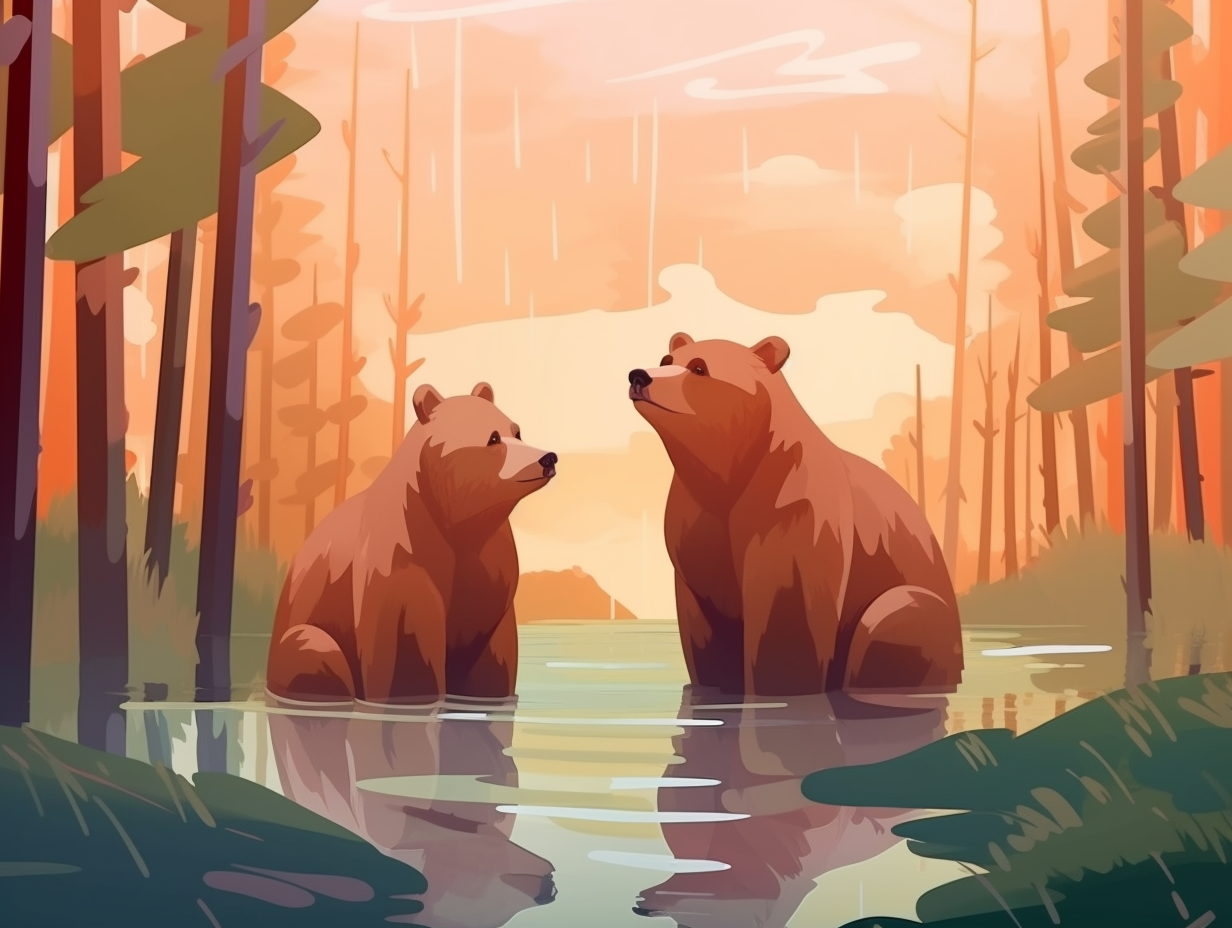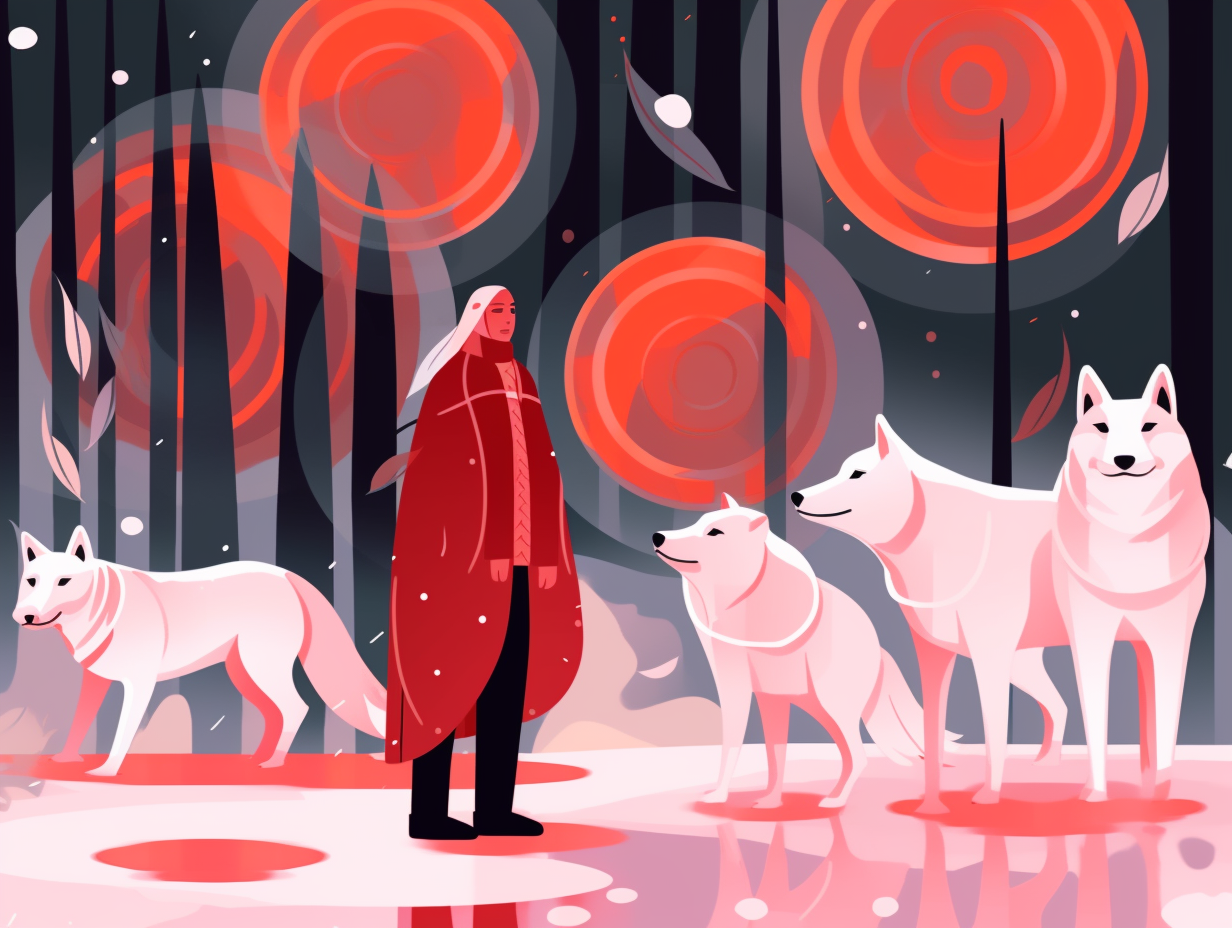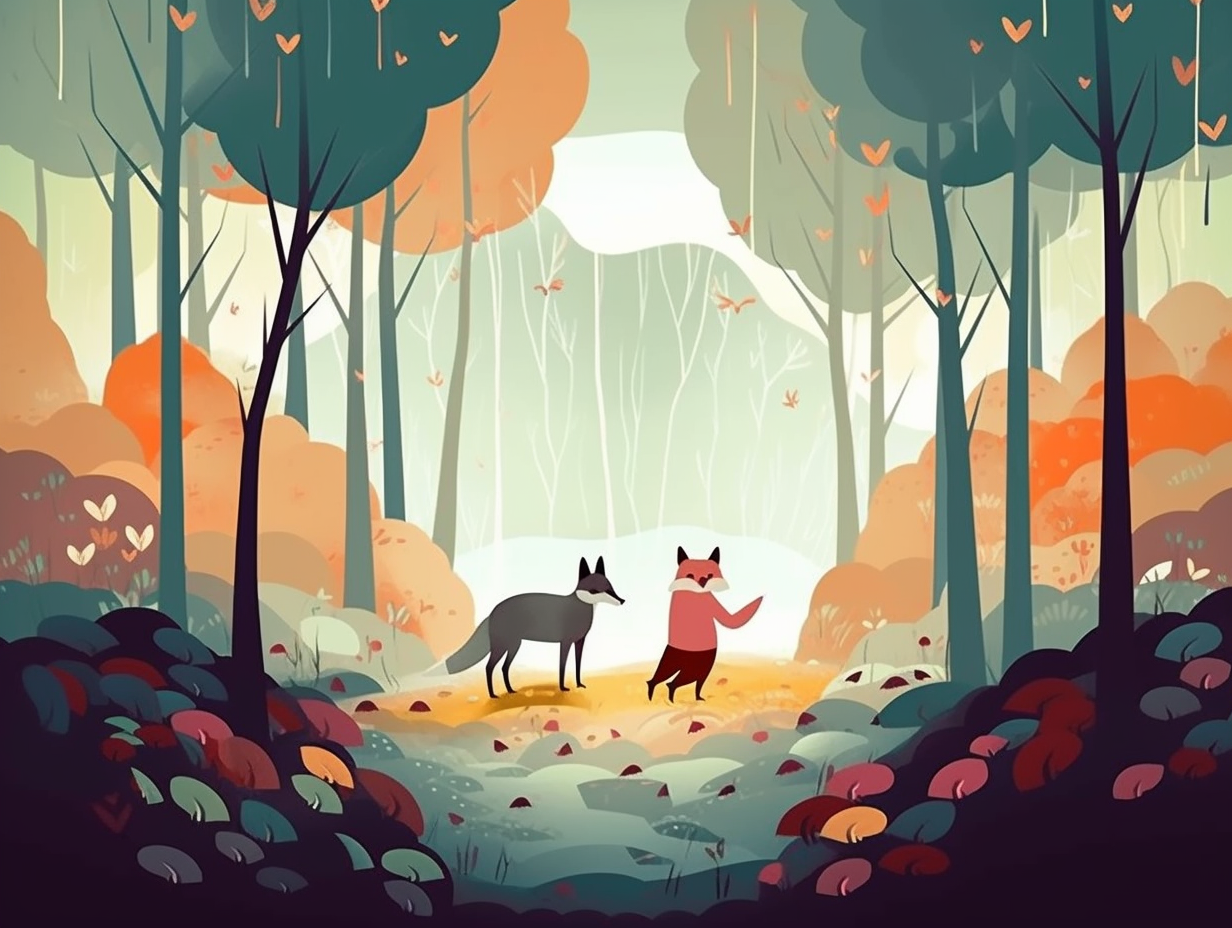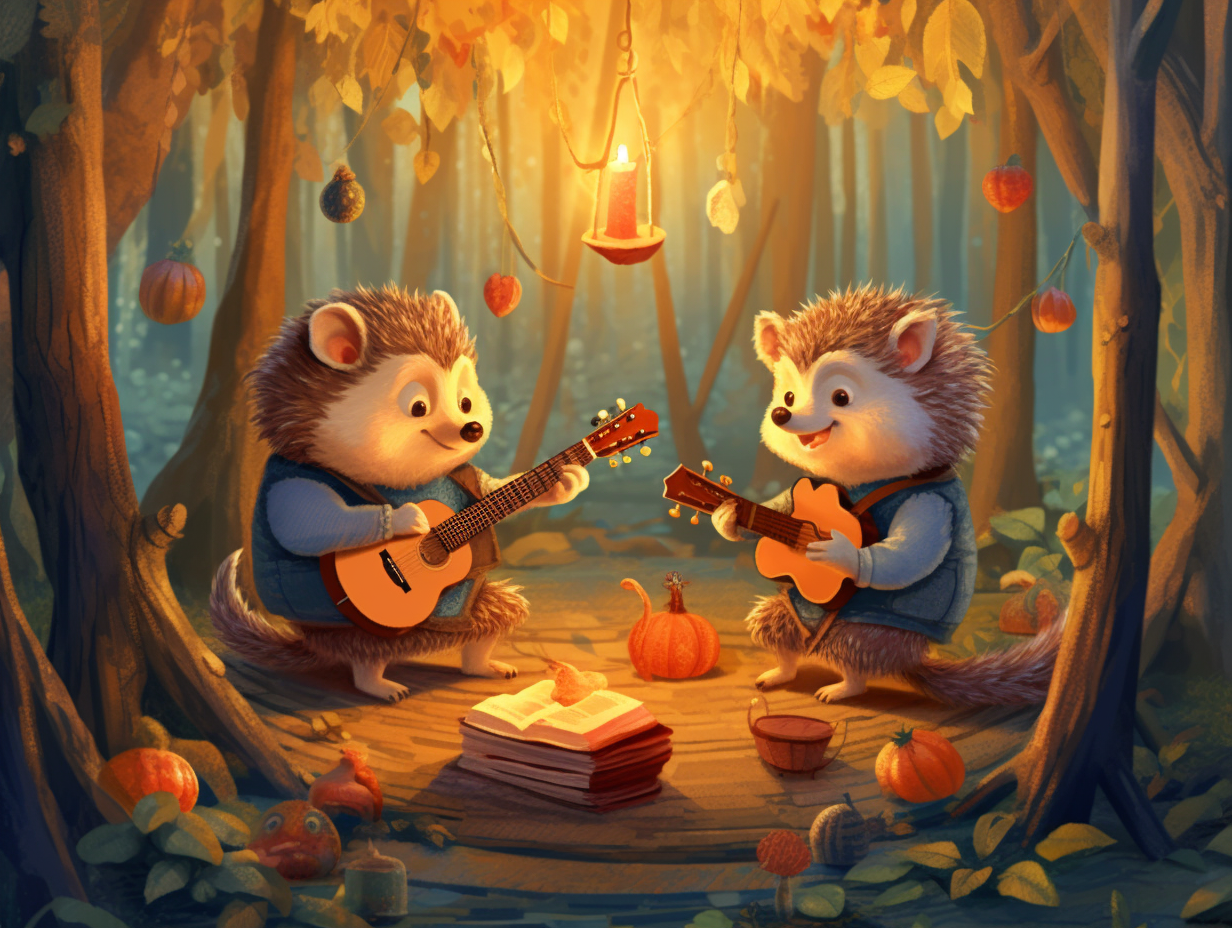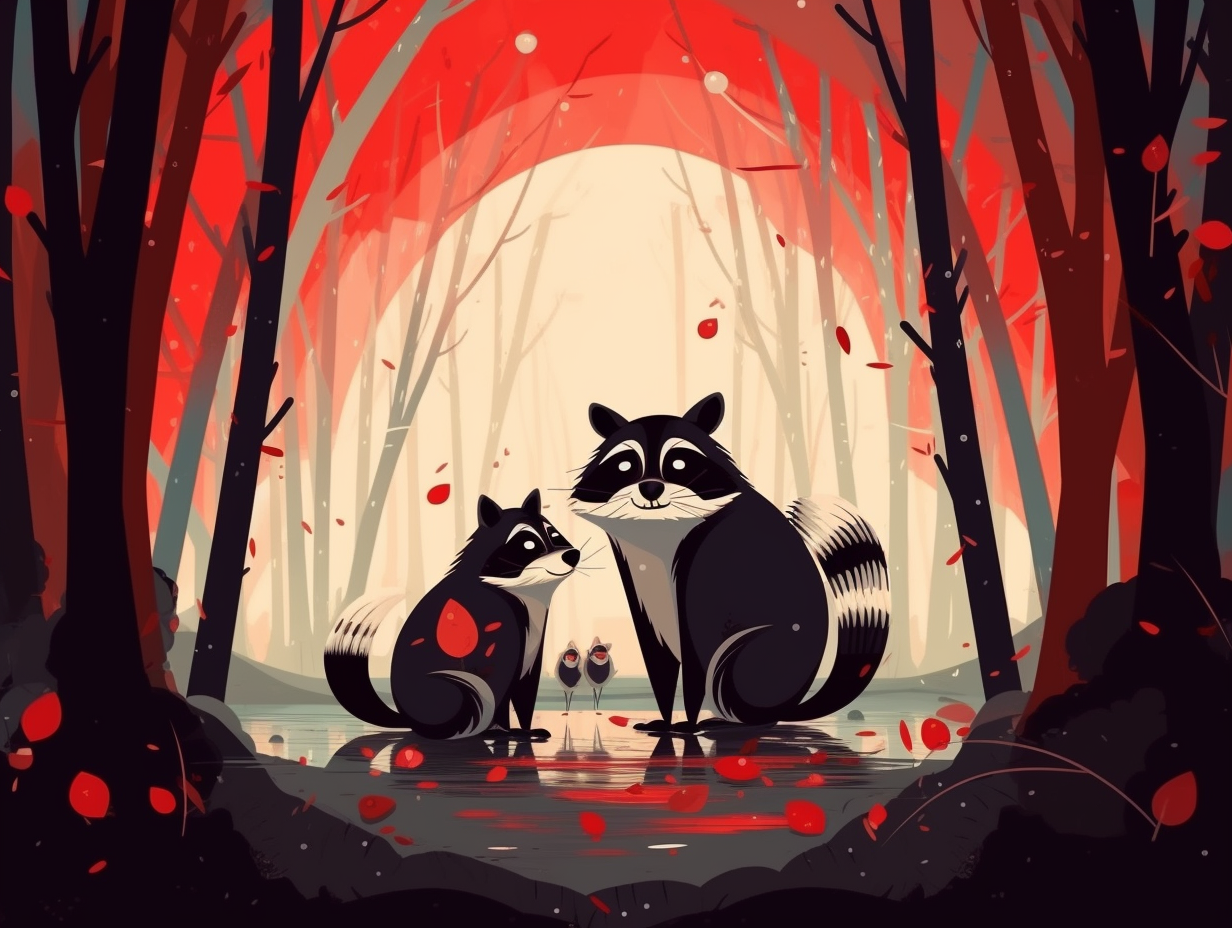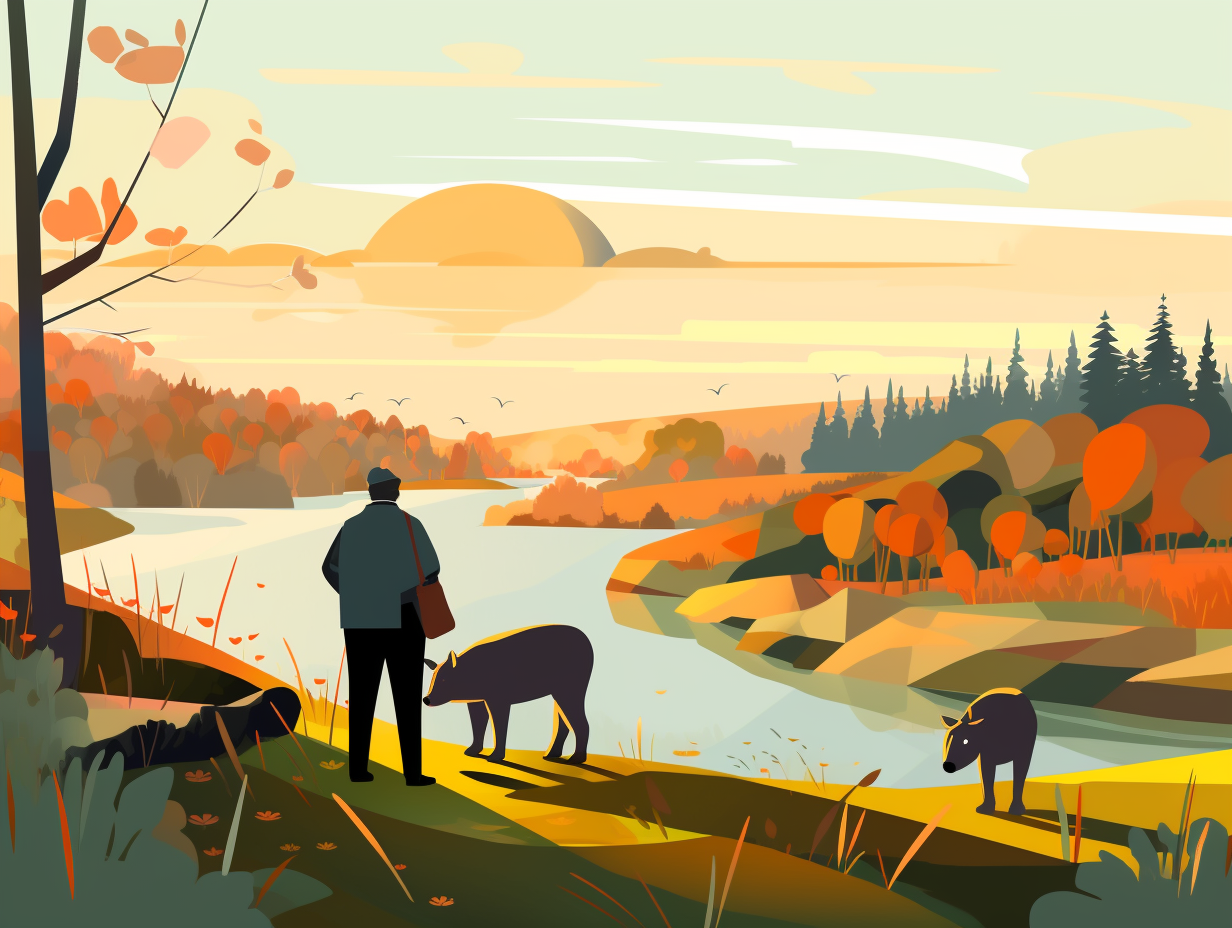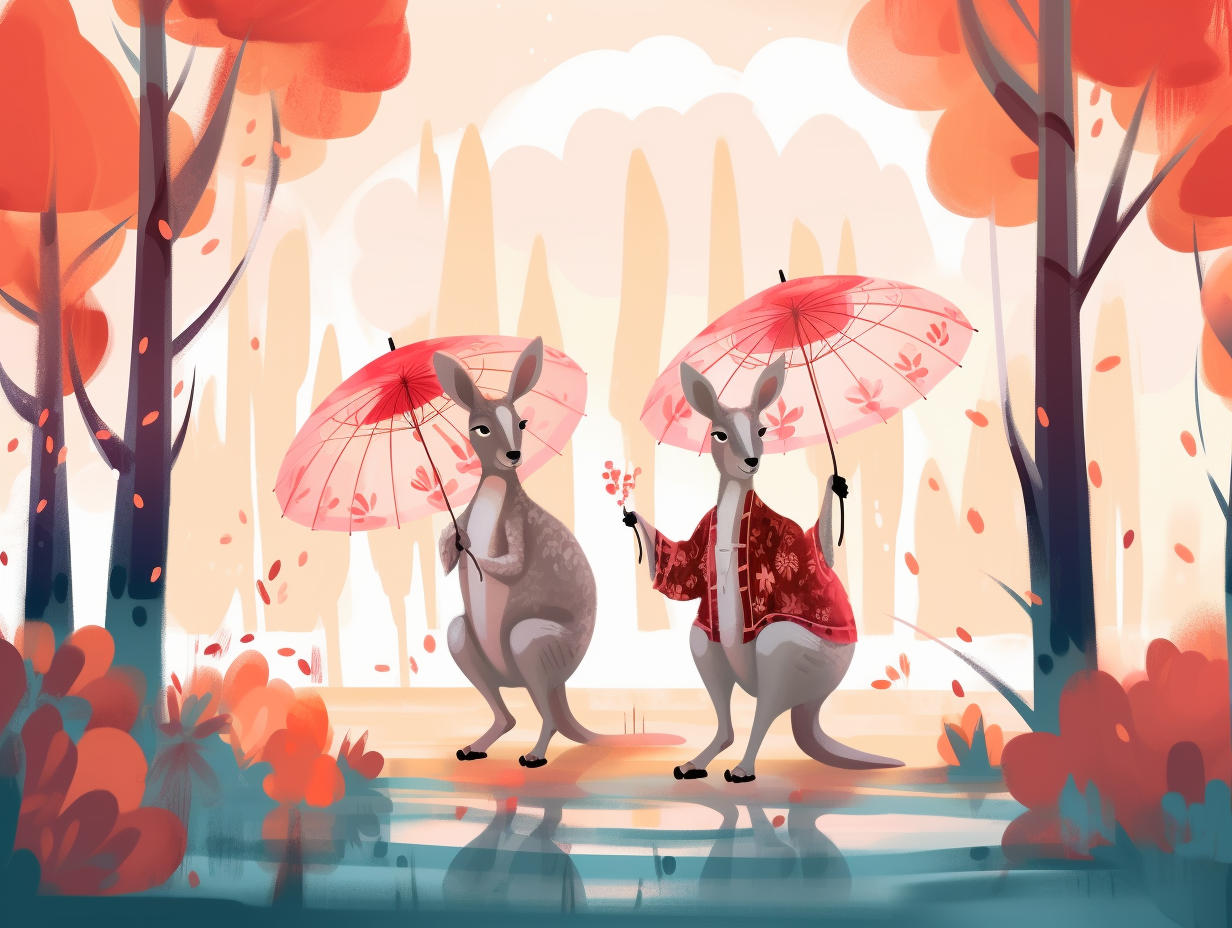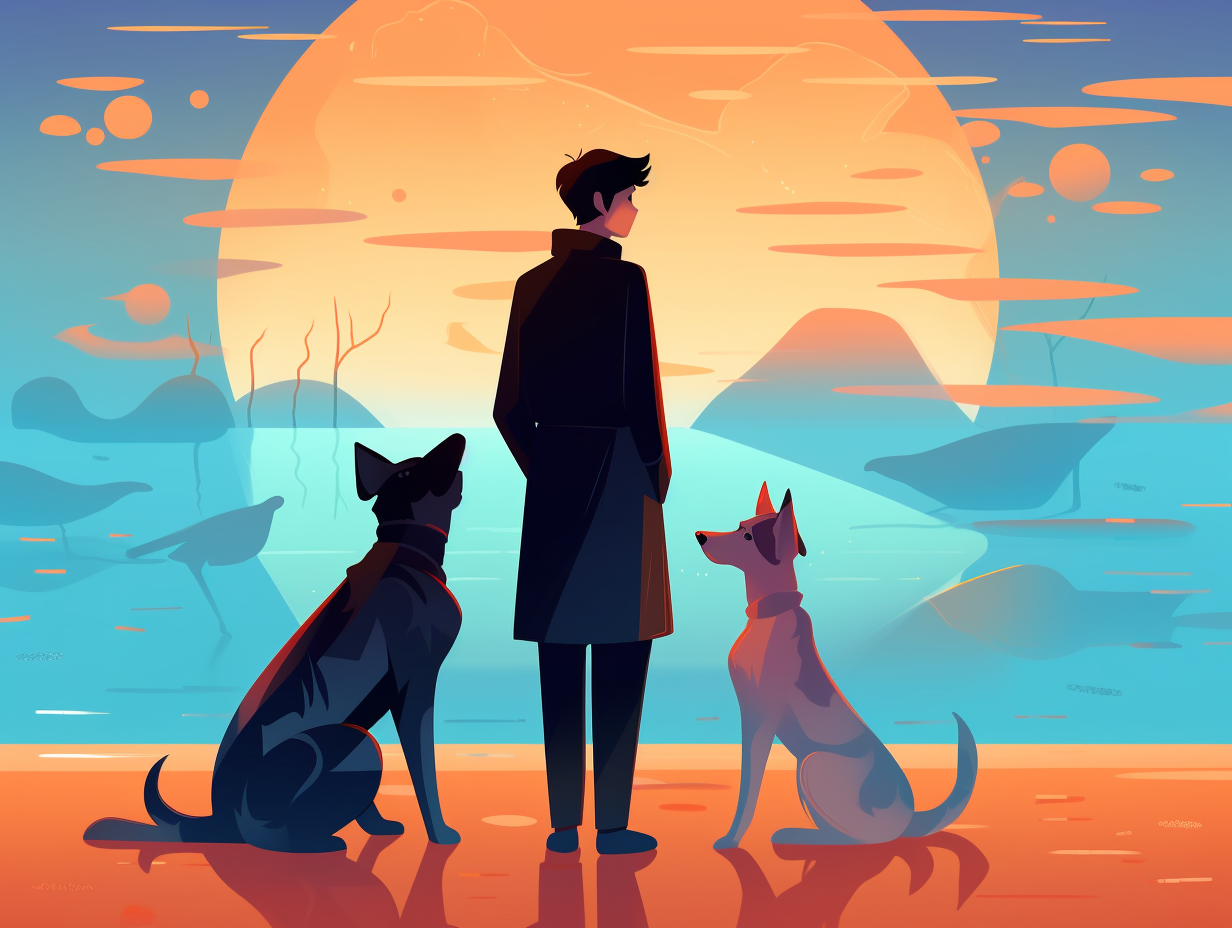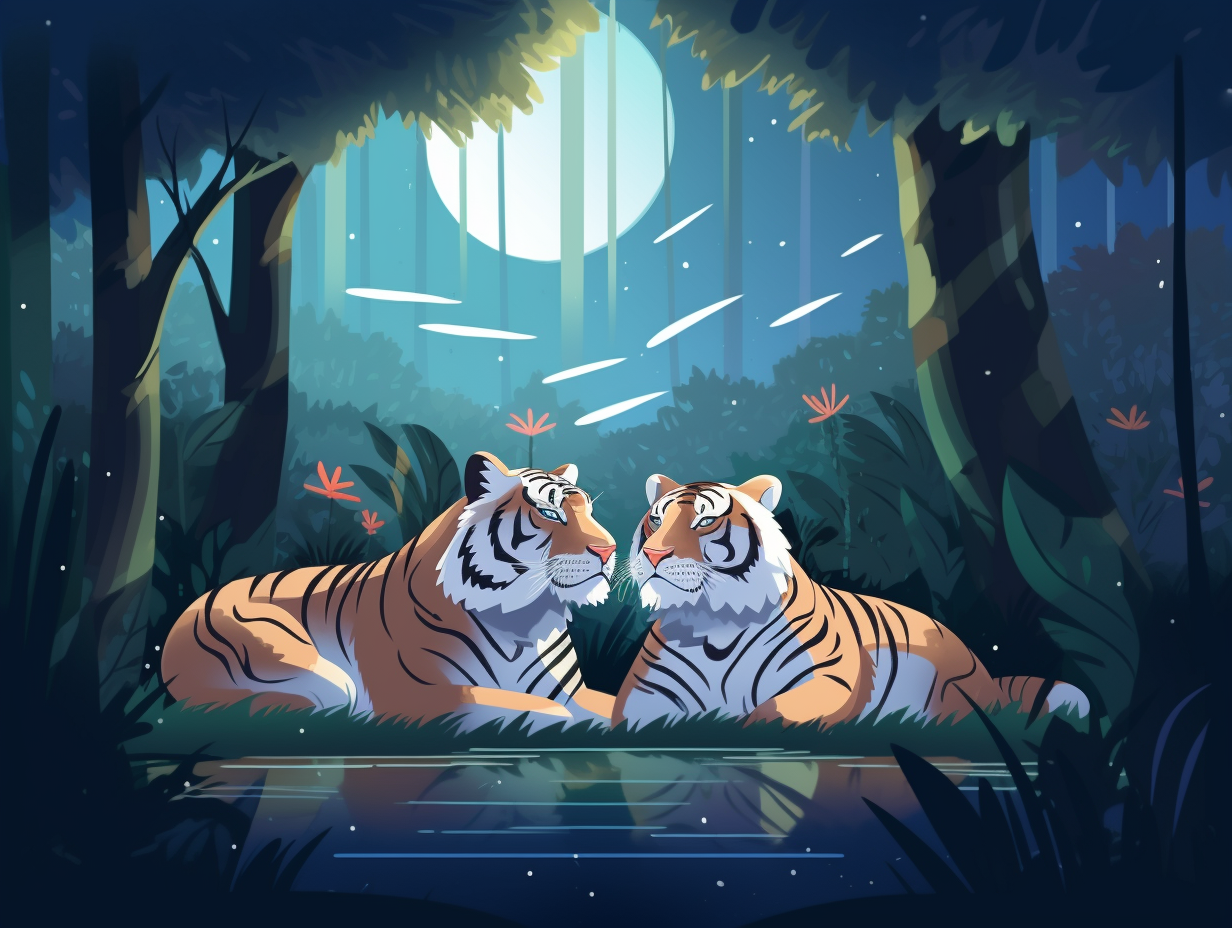Discover the Wild Side: Top 13 Fun Facts About Remarkable Forest Animals
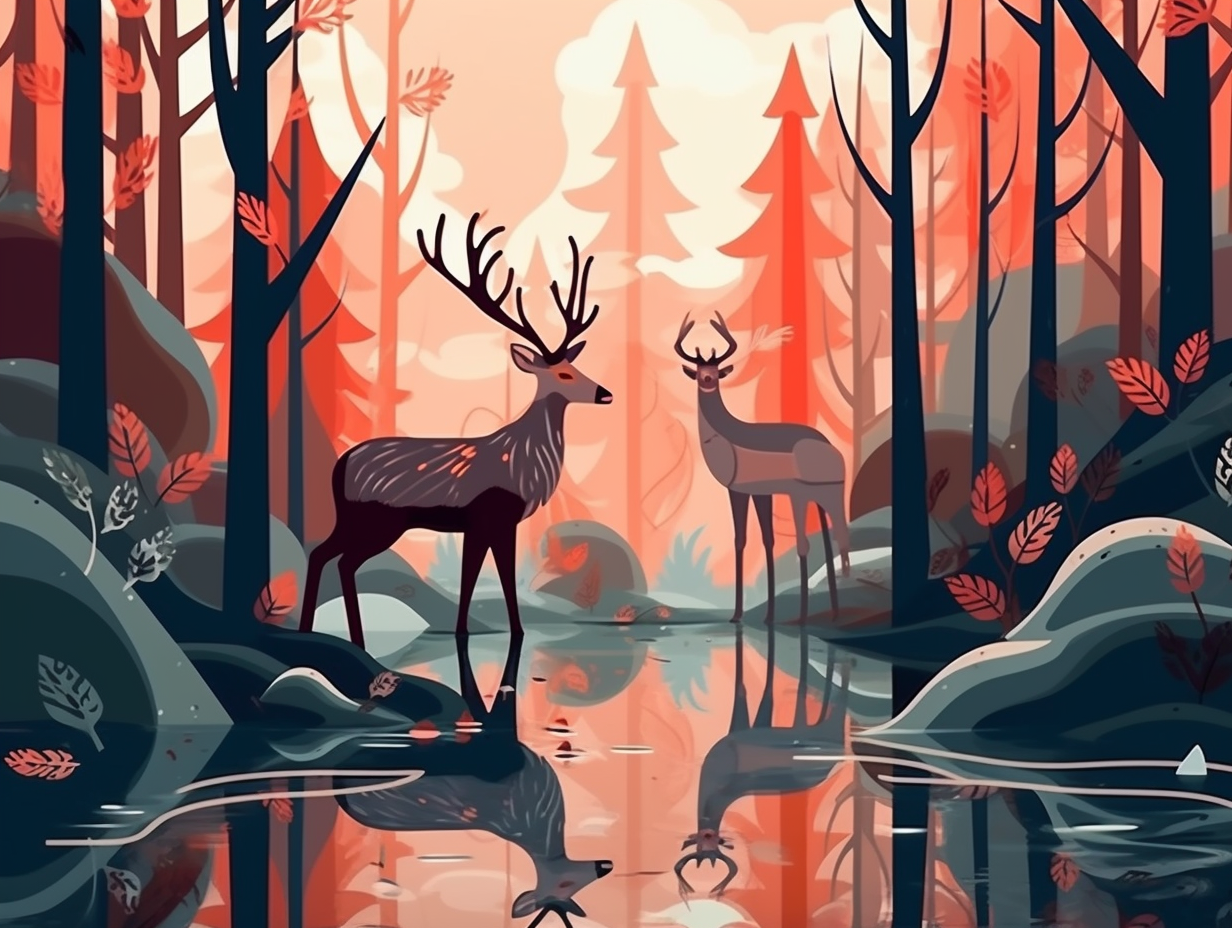
1. Owl Pellet Collectibles
It's a hoot when owls engage in the fascinating hobby of collectible gastronomy, turning their meals into intriguing knick-knacks for curious naturalists: Owls regurgitate undigested prey parts like bones and fur as pellets, which can be dissected to discover the dietary delights of these nocturnal hunters, including voles, shrews, and mice found in the UK, and occasionally a rare mole or frog, all identifiable by their skulls and jawbones.
Source => barnowltrust.org.uk
2. Bats: Unsung Crop Heroes
The winged heroes we never knew we needed, flap-tastic bats swoop in nightly to save our crops from pesky invasions and perpetuate bloomin' romance in our flora: Bats, as it turns out, provide pollination and pest control services worth a jaw-dropping 3.7 billion dollars annually to U.S. agriculture, proving these caped crusaders of the forest are worth their weight in guano and gold.
Source => usgs.gov

Did you know squirrels are speed demons in miniature fur coats? Discover how their incredible sprinting abilities help them out-zoom predators and snatch up snacks! 🐿️💨
=> Fun Facts about Squirrels
3. Hipster Deer Antlers
It's not just hipsters with curious facial hair: deer antlers come in all shapes and sizes too! Funny-shaped antlers, ranging from drop tines to multiple main beams, are a result of a deer's age, genetics, and nutrition, becoming more common as they grow older.
Source => msudeer.msstate.edu
4. Squirrel Trickery Camouflage
Squirrels: cheeky nut connoisseurs or sly masters of deception? Hold onto your acorns, folks, as we unveil that these fluffy-tailed rascals partake in the art of "deceptive caching," craftily covering empty holes to hoodwink potential snack thieves: A study even shows our sneaky furry friends can remember and reuse problem-solving strategies for nearly two years, making them true horticultural Houdinis!
Source => animalsasia.org
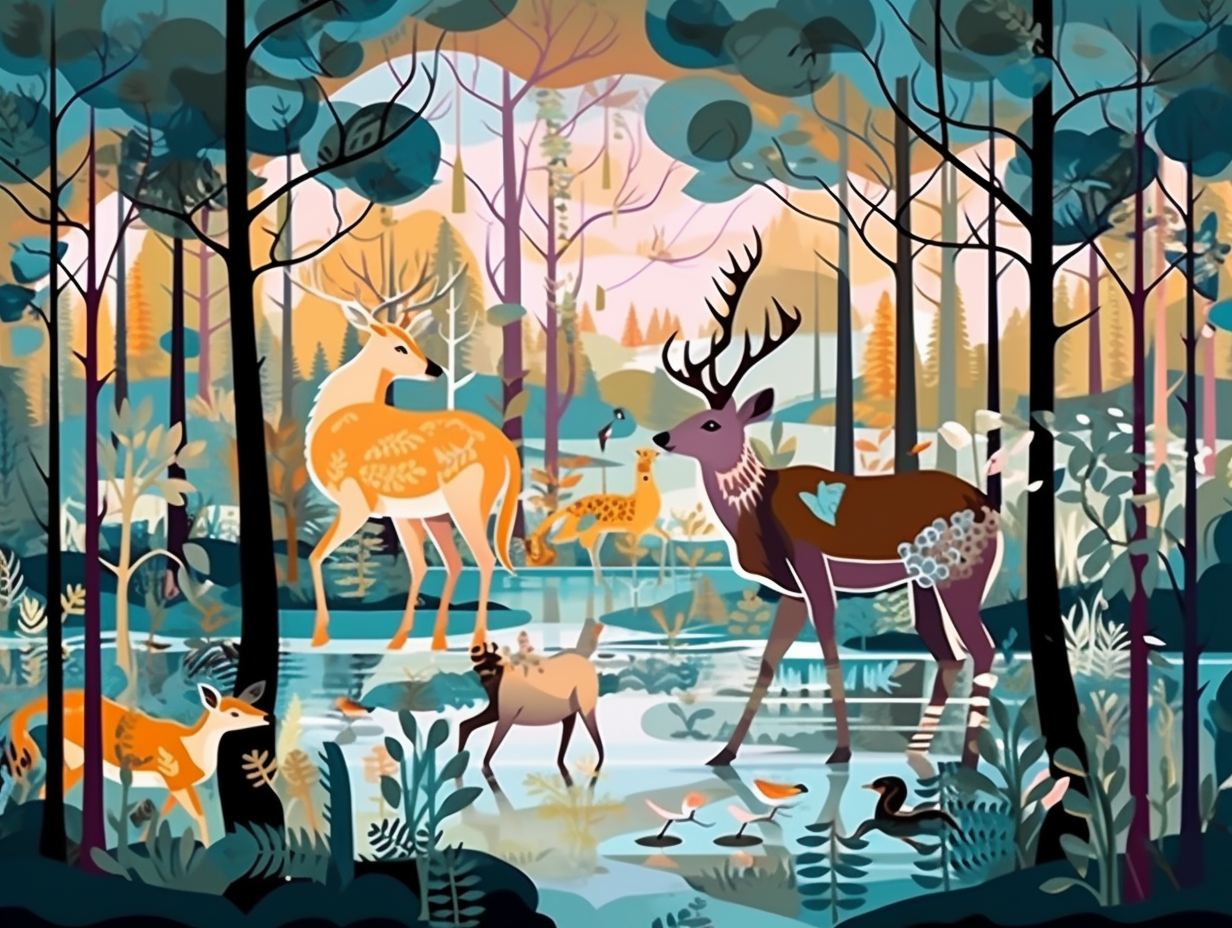
5. Toxin-wielding Newts
When newts and toads aren't busy being the life of the pond party, they're actually brewing up some toxic concoctions to keep danger away: The eastern newt, for instance, is armed with tarichatoxin - a deadly poison akin to pufferfish toxin - which can cause convulsive seizures, paralysis, and even death, though some of these venoms are being studied for their potential painkiller and antibiotic properties.
Source => northernwoodlands.org
6. Porcupine Quills with Purpose
Hide and squeak: the North American porcupine plays a high-stakes game of "you can't touch this" with its quills! Fun fact: these prickly projectiles are designed for easy penetration and strong tissue adhesion, thanks to their microscopic backward-facing barbs. This unique design not only causes minimal harm to the porcupine but also helps scientists develop bio-inspired devices to minimize damage in medical procedures. Porcupines: making MC Hammer proud and advancing medical science—one quill at a time!
Source => pnas.org
7. Fawn Fashion: Spotted Camouflage
Bambi's got nothing on these newborn fashionistas: White-tailed deer fawns sport trendy spots that not only make them look fab, but also act as camouflage in their natural habitat, protecting them from predators during the vulnerable first weeks of their lives before they lose their polka dots after 90-120 days and start hanging out with mom to learn the ins and outs of forest life.
Source => owl-online.org
8. Black Bear Porch Naps
While the Three Bears had Goldilocks fighting for some shut-eye, real-life black bears in Pennsylvania have been snoozing under porches like ornamental gnomes waiting to surprise unsuspecting springtime visitors: Factually, a black bear family monitored by the Pennsylvania Game Commission hibernated under a Pike County porch and, as spring arrives, they are coming out of their makeshift den and returning to their wild lives.
Source => wnep.com
9. Raccoons: Finicky Food Washers
Raccoons: Nature's cutest little germaphobes with a penchant for soggy snacks! These fuzzy bandits aren't obsessively washing their hands in a bid to rival Lady Macbeth's famous scrub-a-dub; rather, they're keen food detectives using their waterlogged paws to gather intel: Raccoons wet their paws to heighten the sensitivity of their touch receptors, effortlessly rolling food around to investigate its safety and scrumptiousness before indulging their growling bellies. Now that's what you call a touchy-feely approach to fine dining!
Source => cajunencounters.com
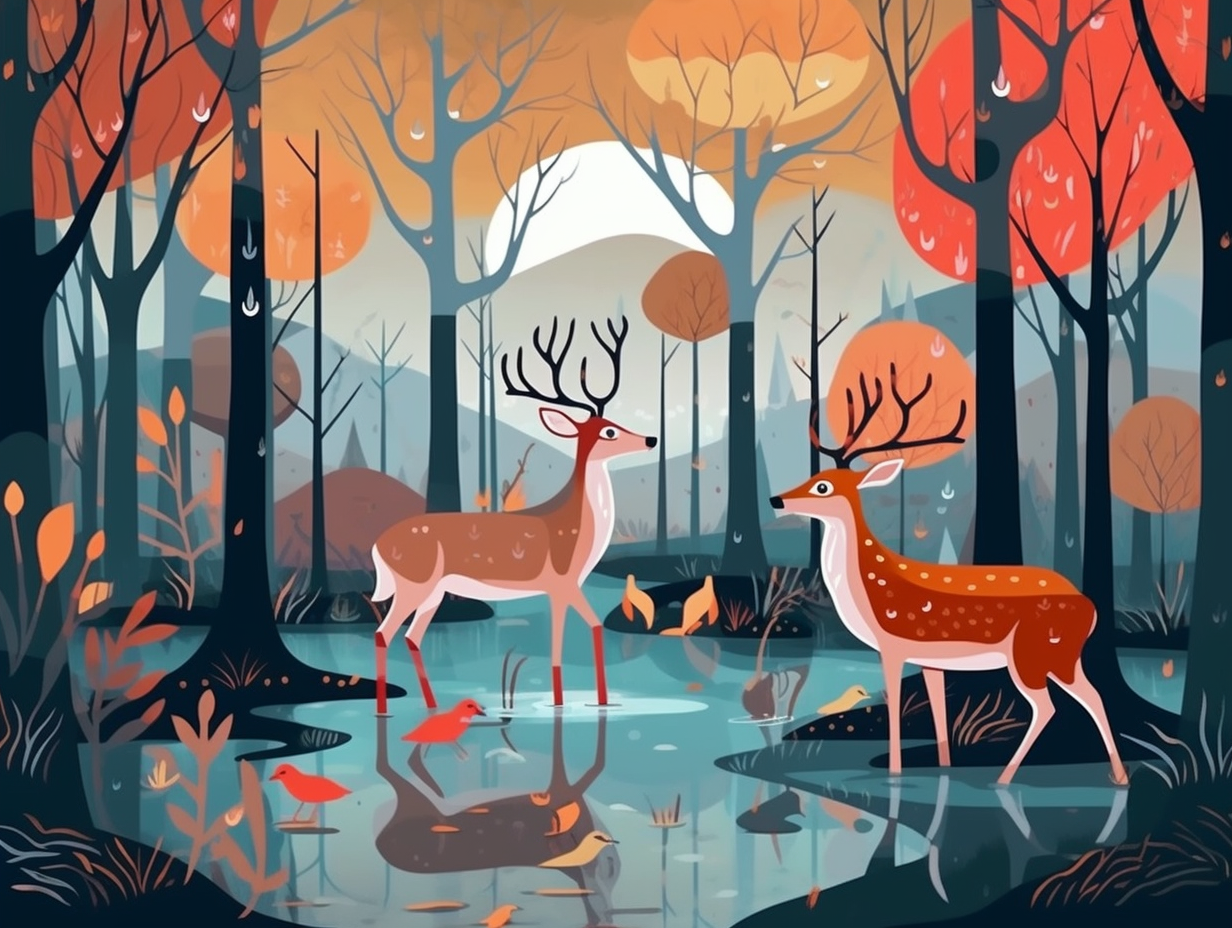
10. Skunk Grub Gourmands
Who knew skunks had such epicurean tastes, delighting in heavenly grub feasts that gardeners only dream of annihilating: Skunks enjoy munching on small rodents, insects, fruit, and ground-nesting bird eggs, particularly relishing Japanese beetle and June beetle grubs, which are notorious for damaging lawns—while never straying far from home, they stick to a one-mile radius for foraging, but males and youngsters might take a journey up to five miles away.
Source => massaudubon.org
11. Rabbit Party Multiplication
They say rabbits are the ultimate party animals: always hopping, full of energy, and never saying no to a good "multiplication" fest! The eastern cottontail rabbit, for instance, can pop out up to seven litters per year, averaging three to four, with each litter having between one and 12 adorable new party guests. But don't worry - the bunny bouncer keeps things under control, as only about 20 to 25 percent of these furry friends live to see their first birthday.
Source => reconnectwithnature.org
12. Big Bad Wolf Eavesdroppers
Who knew the Big Bad Wolf has ears like a bat? They're all about that eavesdropping life in the Canis-verse: Wolves possess an incredible sense of hearing, allowing them to detect sounds up to 25khz, or even 80khz in some cases. This acute sense helps them locate prey with accuracy and plays a vital role in their complex communication system, which includes over five types of sounds such as harmonic, noisy, and of course, their iconic howls.
Source => wolf.org
13. Forest Animal Communication
While wolves gather around the proverbial water cooler and birds chitter-chatter like office gossips, one might wonder what in the forest is really going on: the truth is, forest animals communicate using various methods including chemical, auditory, and visual cues, such as wolves howling to contact their pack, deer marking territories with scents, and birds conveying warnings or wooing with distinct calls and songs.
Source => earth.com
Related Fun Facts


